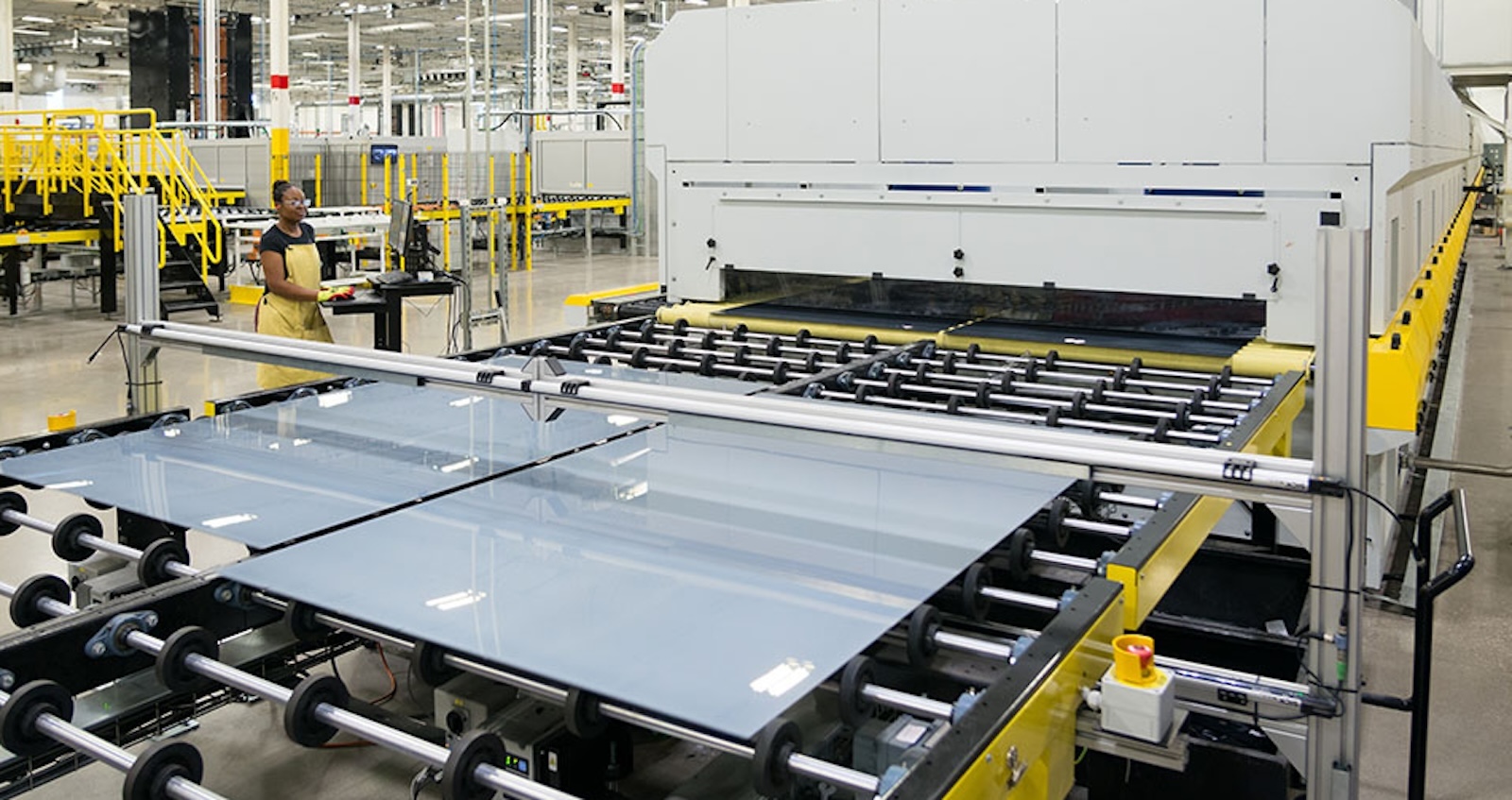India’s CDIL Semiconductors launches solar bypass diodes
CDIL Semiconductors has developed India’s first indigenous solar bypass diodes. The company says its diodes are optimized for India’s extreme weather conditions, with low forward voltage drop and high thermal stability.

CDIL Semiconductors has developed India’s first indigenous solar bypass diodes. The company says its diodes are optimized for India’s extreme weather conditions, with low forward voltage drop and high thermal stability.
From pv magazine India
CDIL Semiconductors has launched India’s first indigenous solar bypass diodes, boosting solar panel efficiency and lifespan. The company expanded its capacity by 25 million units with the new line.
Bypass diodes maintain uninterrupted power flow in solar panels by allowing current to bypass affected cells, improving energy yield and extending lifespan. Shading, dust accumulation, and electrical disruptions often reduce solar panel performance.
“Achieving true energy independence starts with high-quality, domestically manufactured semiconductor components. At CDIL, we have led India’s semiconductor evolution for decades, and launching the country’s first indigenous Solar Bypass Diodes is a milestone in that journey,” said Prithvideep Singh, general manager of CDIL Semiconductors. “By advancing solar technology, we are not only strengthening India’s renewable energy ecosystem but also ensuring that our innovations drive the nation’s self-reliance and global competitiveness in clean energy solutions.”
CDIL manufactures the diodes at its facility in Mohali, India.
“Engineered with industry-leading low forward voltage drop and high thermal stability, CDIL’s Solar Bypass Diodes are optimized for India’s extreme weather conditions,” said the company. “Manufactured using advanced automation techniques, these diodes provide a cost-effective alternative to imported components, helping India reduce its reliance on semiconductor imports while enhancing the performance of its rapidly growing solar infrastructure.”
What's Your Reaction?






























































